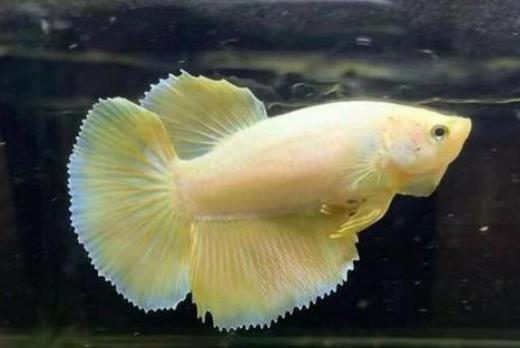Betta fish, particularly Siamese fighting fish, do not truly "get pregnant." Instead, what appears as pregnancy is actually a female betta entering the egg-bearing stage. Below are the key characteristics and methods to determine if a betta fish is carrying eggs:

I. Physical Trait Identification
1. Abdominal Swelling
When a female betta is egg-bearing, her lower abdomen swells asymmetrically, forming a half-moon shaped bulge with tight, translucent skin. It is important to distinguish this from enteritis (intestinal inflammation) or abdominal dropsy:
Egg-bearing females remain agile swimmers;
Fish with illnesses often isolate themselves, refuse food, or struggle with balance.
2. Ovipositor Protrusion
A white, tube-like protrusion (known as the breeding tube) appears 0.5–1 millimeter below the anus, resembling a tiny white grain of rice. This structure becomes visible 24–48 hours after the female enters estrus (mating readiness) and disappears within 24 hours of egg-laying.
3. Body Color Changes
Breeding Stripes: Some female betta varieties develop vertical dark stripes (called breeding bars) along their sides, which are especially noticeable on lighter-colored individuals.
Enhanced metallic sheen on the gill covers and abdominal scales; the dorsal fin may droop slightly.
II. Behavioral Trait Identification
1. Increased Interactive Behavior
Egg-bearing females may actively approach males or respond to a male’s courtship displays (such as fin-flaring or circling).
2. Changes in Activity Level
Slower swimming speed;
Preference for hiding near aquatic plants or sheltered areas;
Occasional fidgety or evasive behavior.
III. Additional Supporting Indicators
1. Age and Maturity
Female bettas must reach sexual maturity at 4–6 months old to be capable of bearing eggs.
2. Water Temperature and Season
The optimal water temperature for breeding is 24–28°C (75–82°F);
Spring (when water temperatures range from 18–25°C / 64–77°F) is the peak breeding season.
Important Notes
Abdominal swelling alone is not sufficient for diagnosis—always cross-verify with other traits to avoid mistaking egg-bearing for illness.
If you plan to breed bettas:
Pair the egg-bearing female with a healthy male;
Prepare a separate breeding tank equipped with floating aquatic plants (to provide a safe space for egg deposition).
